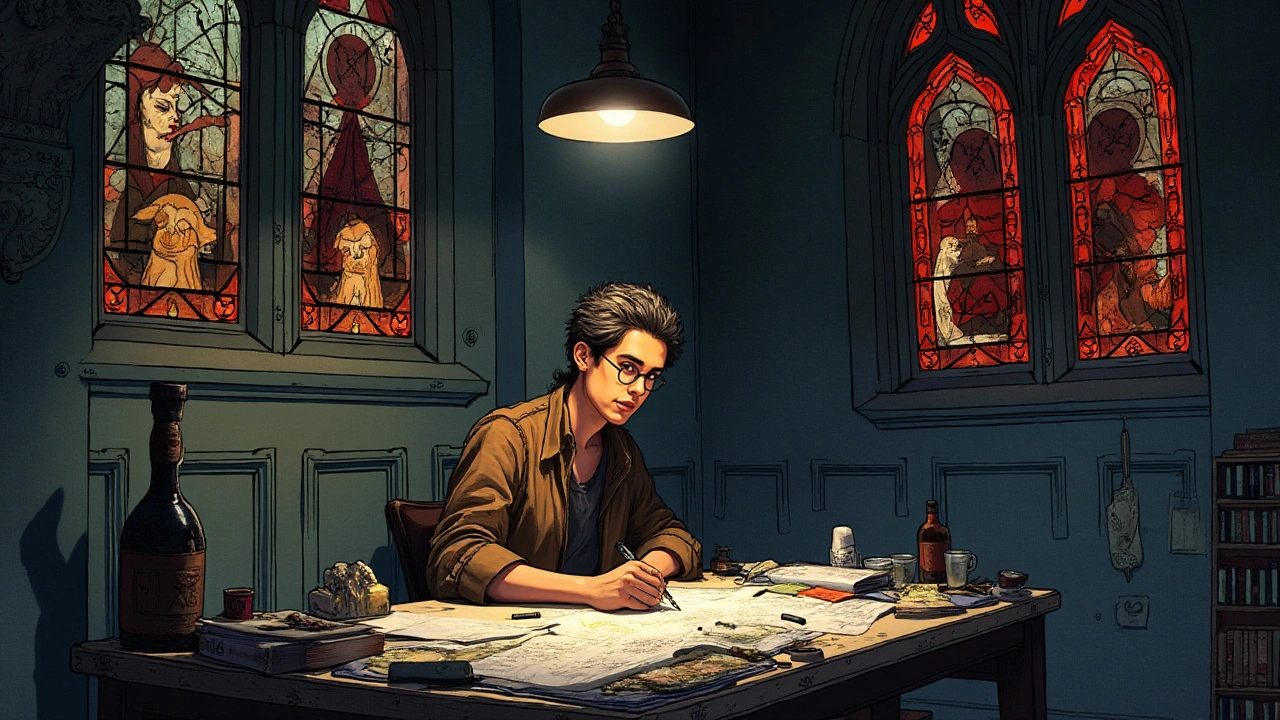Modern Influences: How historic movements still shape today's art and design
Want to spot the roots of a modern piece of art or update your own creative work? Modern influences are the patterns, rules, and ideas artists borrowed from past movements and kept using. Think Bauhaus simplicity in your chair, Futurism's love of speed in a game UI, or Abstract Expressionism’s raw energy in a mural. Recognizing these makes you a sharper creator and a smarter viewer.
What to look for — quick visual cues
Bauhaus? Look for clean lines, useful forms, and materials shown honestly—no extra ornament. De Stijl or Mondrian-style graphics use strict grids and primary colors. Cubism breaks objects into geometric pieces and shows multiple angles at once. Photorealism nails tiny surface details and light to mimic a photograph. Fluxus and Installation Art push everyday things into performance or immersive experiences. Spotting one detail gives you a shortcut to the whole movement.
Some movements show up where you wouldn’t expect them. Land Art influences public parks and plazas. Constructivism shows up in political posters and modern interfaces that use bold shapes and strong layouts. The Harlem Renaissance and Baroque ideas affect storytelling, music, and dramatic visual choices. Keep an eye on scale, materials, color choices, and how the work interacts with its audience.
How to use modern influences in your own work
Want actionable steps? Try this simple three-step practice: study, remix, apply. Week 1: pick one movement from this tag—Bauhaus or Futurism—and study three examples closely. Note what repeats: color, composition, materials, or subject. Week 2: copy one piece to learn technique, then remix it—swap colors, flip scale, or swap media (painting into digital). Week 3: make an original piece that borrows one or two traits only. Limiting yourself helps create clearer results.
Practical tips: combine form and function like Bauhaus—ask what your piece does, not just how it looks. Use Futurist ideas when designing motion, animations, or game interfaces—accent speed with diagonal lines and blur. Use Abstract Expressionist gestures to add emotional honesty—big marks, fast movement, raw color. For public projects, borrow Land Art’s site-specific thinking: how does the place change the work?
Where to see examples fast: local museums, public sculptures, design shops, and online galleries. Read short articles on movements (this tag lists dozens) and compare images side by side. Follow designers who credit their influences—seeing how others mix movements gives fresh ideas.
If you want a quick exercise: pick two movements from this page—say Photorealism and Fluxus—and force them together. What happens when hyperreal detail meets playful performance? That tension often leads to interesting, modern work. Keep experimenting, and use the archived articles here for specific techniques, artist examples, and step-by-step ideas you can try today.

